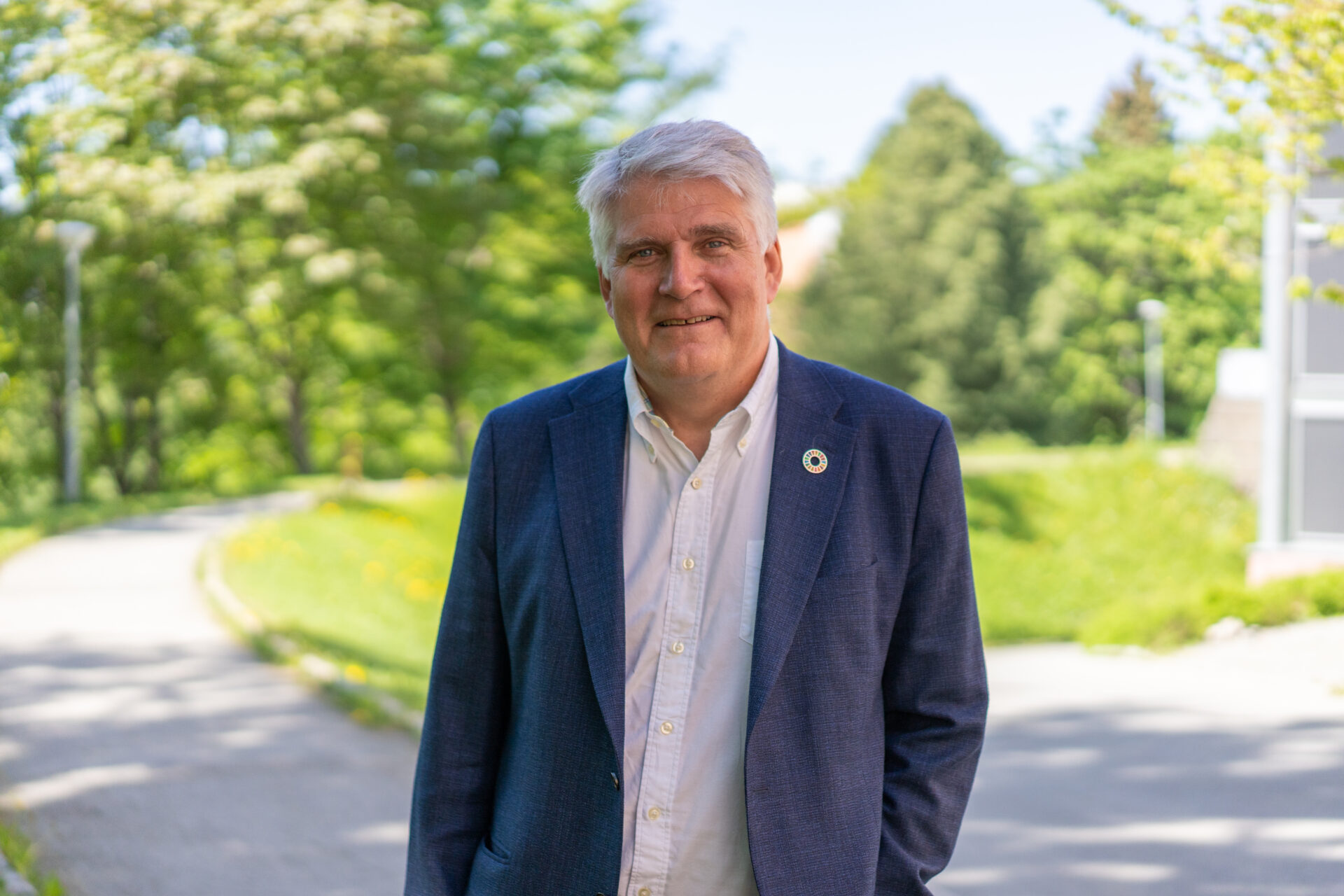Typical questions raised were; Where can we store CO2 in the Nordics, what is the most efficient way of transporting CO2 in our region and which capture technologies are best suited to the oil and gas, power and industrial processes that can be found in these five countries? We pursued, industrial cases, notwithstanding the territorial borders and to think as a region with common goals and opportunities. What is the business case for CCS here and what are the opportunities for technology development and innovation, which are the barriers – not only the technical barriers but also the legal and civic society barriers? Our ambitions were high and encompassed in a Nordic team feeling- we can do this.
Building a Nordic team of excellence in CCS is no small feat and we should strive to maintain this momentum for the benefit of the region’s energy and climate strategy and policy.
NORDICCS key outcomes
I am proud on behalf of the team to say that we have over-achieved our targets. Our website contains a wealth of information for decision makers and other stakeholders to use. Let me draw your to attention some key outcomes:
- The NORDICCS storage atlas, a web based storage atlas for our region. Our best knowledge has been used to produce a comprehensive view of where storage is possible as well as estimated capacities. Also, we have a fully transparent methodology to assess the storage capacities- we have benefitted from close co-operation with the state authorities in order to get access to data and to use an agreed methodology. Surprisingly, Iceland has vast envisaged capacity to store CO2 in young basalts, a storage capacity which could be on the same order of magnitude as the North Sea basin. The real capacity is tested in the CARBFIX project at Iceland, and valuable information has been gathered from this pilot plant operation.
- Clusters of transportation showing that a mix of “trunklines” and ship transport is the best way of doing this. Hubs will become important and we have identified where these could be located and which source sink combinations we can foresee. It is clear that ship transport will be the preferred choice of transport for many plants in the Nordics, due to large distances and volumes too low to justify pipelines.
- Capture technologies- and combined capture and storage. The Icelandic case, storing CO2 from geothermal wells, is a ground breaking project that NORDICCS has been lucky to become a part of- and to utilise those facilities provided so kindly by our industrial partners.
- Understanding what role CCS could play in the Nordic region energy and climate policy. This is embedded in our reference document, The Nordic CCS roadmap. This binds everything together – where we can capture, how we can transport and where we can store and to what cost. It is truly a document that will be a reference for the shaping of the Nordic energy and climate policy.
- Team and capacity building and dissemination. We have a Nordic team of excellence in CCS- that will have long lasting effects. We have embedded PhD studies and two NORDIC Summer Schools, which have educated more than 60 young researchers, PhD and Post Docs in CCS. The summer schools are academic courses which also yield credits. Clearly this is a lasting footprint, and they have also contributed to the Roadmap activity in NORDICCS. The summer schools will be maintained in the future, given financial support can be found. Furthermore, NORDICCS arranged the parliamentarian side event at the 65th Nordic Council meeting in the Norwegian Storting in 2013 as well as a number of public events in all the Nordic countries. NORDICCS results are now requested in major European programmes to understand how Europe can establish transport and storage for CO2.
As you see NORDICCS has over fulfilled our expectations and represents a solid case for further work and policy making. The team is eager to explore a continuation of this unique Nordic co-operation in CCS, and we hope there will be funding instruments to allow for this to happen. Building a Nordic team of excellence in CCS is no small feat and we should strive to maintain this momentum for the benefit of the region’s energy and climate strategy and policy.









Comments
No comments yet. Be the first to comment!